Mumbai – the all inclusive city, has a place for everyone. The city receives 200,000 immigrants every day who meld into this amorphous metropolis that is known for its live and let live ethos.
From seaside high rises worth more than US$ 10m, the glitzy Bollywood industry along Pali Hill, cricket stars, industrialists, slum dwellers and also wildlife like pumas, flamingoes, tigers and deers – have all found a place in Mumbai. Low in crime rate and deemed the safest city in India, Mumbai has a wealth of kindness no other city can ever, ever have.

The original inhabitants of Mumbai were the fishermen who prayed to sea goddess, Mumba, who they affectionately called, Mother Mumba or Mumba aai; Aai, in the vernacular language being “mother”. From its original name, it came under Portuguese domain who named it Bombay, from the phrase: Bom Bahai, meaning Good Port.
India has seen many colonists – the Dutch, French, even Danes, but the most influential were the Portuguese and the British. While not much is know about how the two got along, one way out was “marriage of state”.

Gateway of India was designed by Scottish architect, George Wittet. Commissioned in 1914, it was completed a decade later. The memorial arch was erected to commemorate the arrival of King George V, the first British monarch who visited India in 1911. The emperor only got to see a cardboard model of the monument. George Wittet combined Roman triumphal arch design with the locally prevalent Islamic architecture, which is called the Indo Saracenic and seen also in British Malaya (now called Malaysia). The monument also became a triumphal arch signifying the conquest of India, then called the jewel in the British crown.
Mumbai was once 7 islands which were hemmed together through land reclamation; the south side where the fort is, being the place that still has the most eclectic mix of architecture – from Victorian Gothic to Venetian Gothic to Art Deco, Edwardian, Palladian, Indo Saracenic and Roman. As my guide Bhakti from Khaki Tours would say, Mumbai is really bhel puri – a mixture of sweet, savoury and tangy ingredients that assimilates all flavours into a delicious concoction.
The long stretch of island is connected by the local trains that tirelessly chug night and day. Churchgate is the last stop on the train that ends at Victoria Terminus (now called CST after the Maratha Emperor Chattrapati Shivaji).
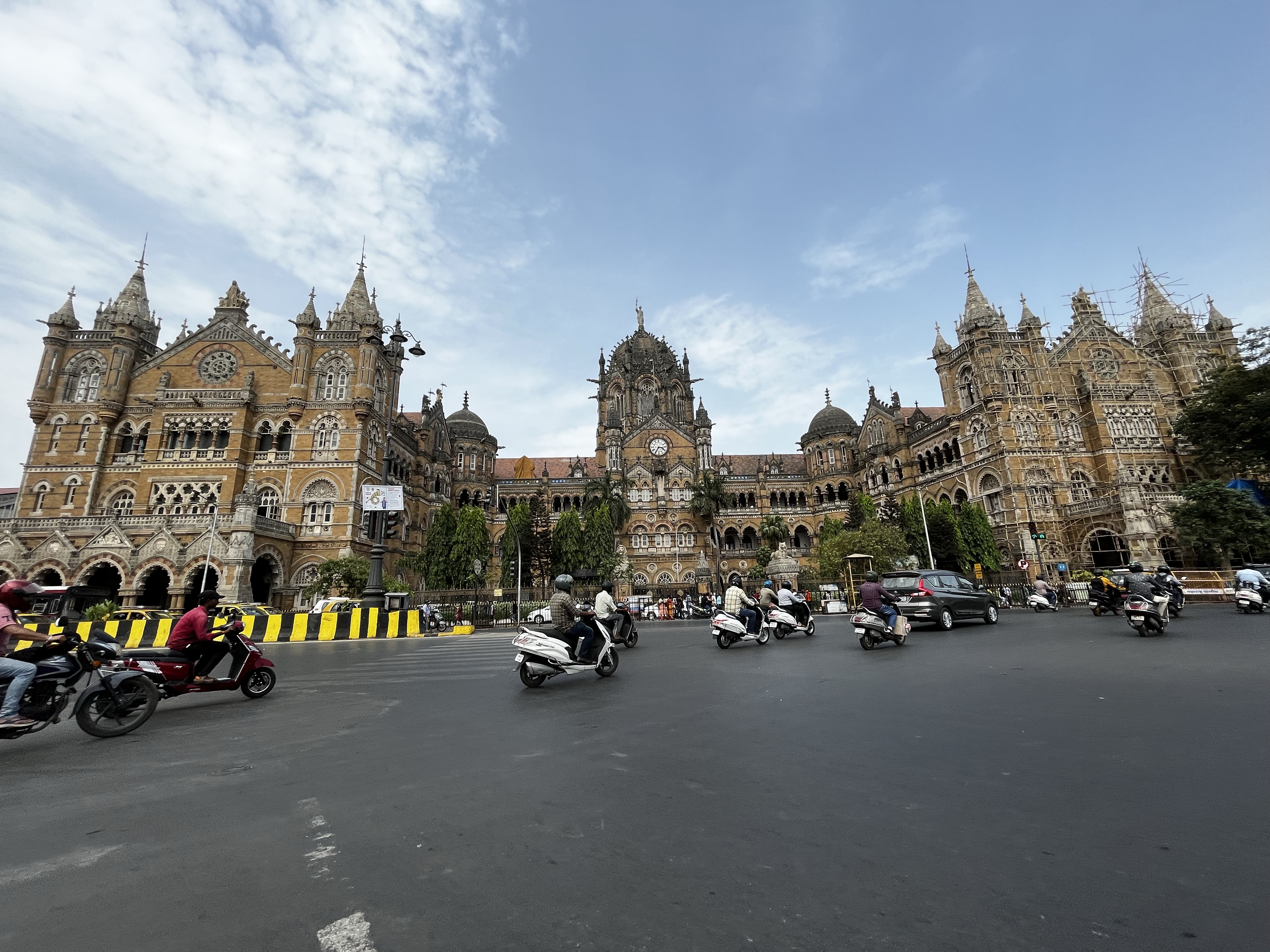
The Italian Gothic architecture was built in 1887 to mark the golden jubilee of Queen Victoria’s accession to the throne in 1837. It was the headquarters to the Britain’s great invention during the industrial revolution – the steam engine.
With the railway, the British were able to connect all of British India – currently the countries of Pakistan, Afghanistan, Bangladesh, Myanmar (Burma) and Sri Lanka (Ceylon). The rai routes were also extended to British Malaya. Some of the architecture that bears resemblance to Indo Saracenic art is Kuala Lumpur and Ipoh railway station.

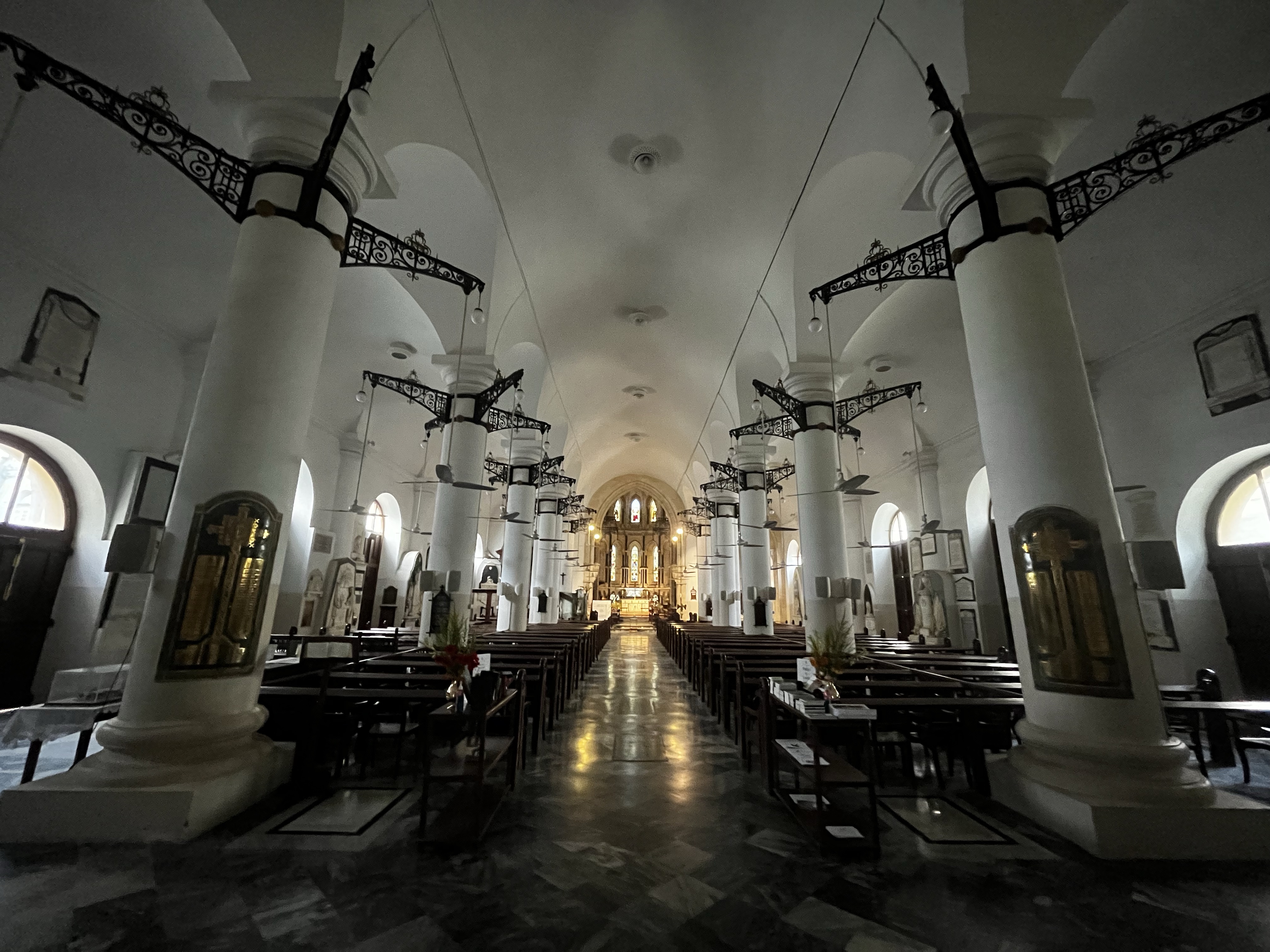

Bombay attracted traders from everywhere – Zoroastrians from Persia, Sindhis from Pakistan, Baghdadi Jews from Babylon, the British, Scotts, Irish, the Portuguese as well as Arabs and the Chinese. Each of them shaped the city’s history in myriad different ways.
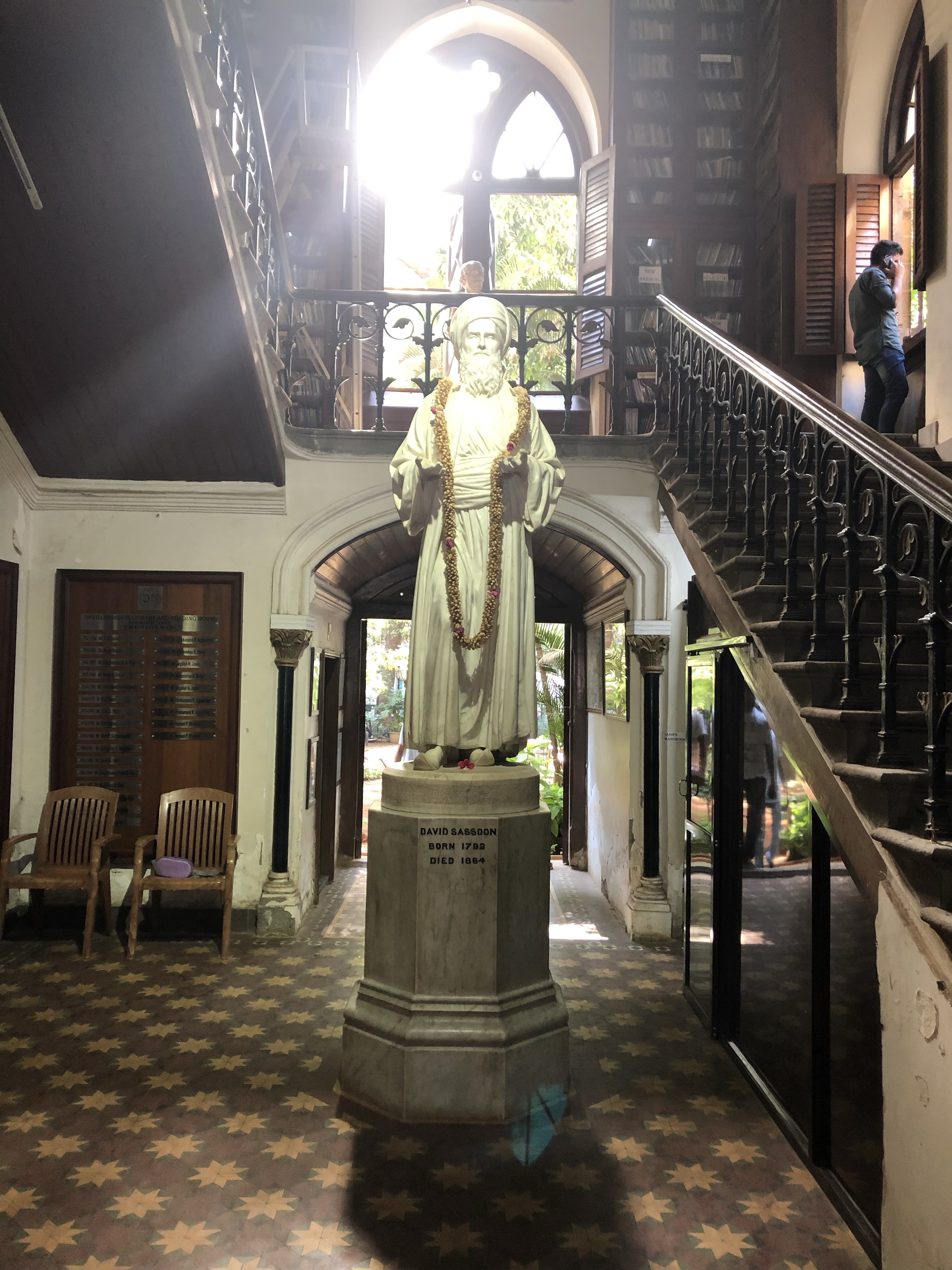
David Sassoon, an eminent Baghdadi Jew who served as the treasurer to the Pashas, came to Bombay via Surat in Gujarat to serve the British East India Company. The contributions of the Jewish community in India is across literature, film industry, medicine and philanthropy among others. (Read about the Jewish community in Singapore who migrated from Bombay, in my blog here)

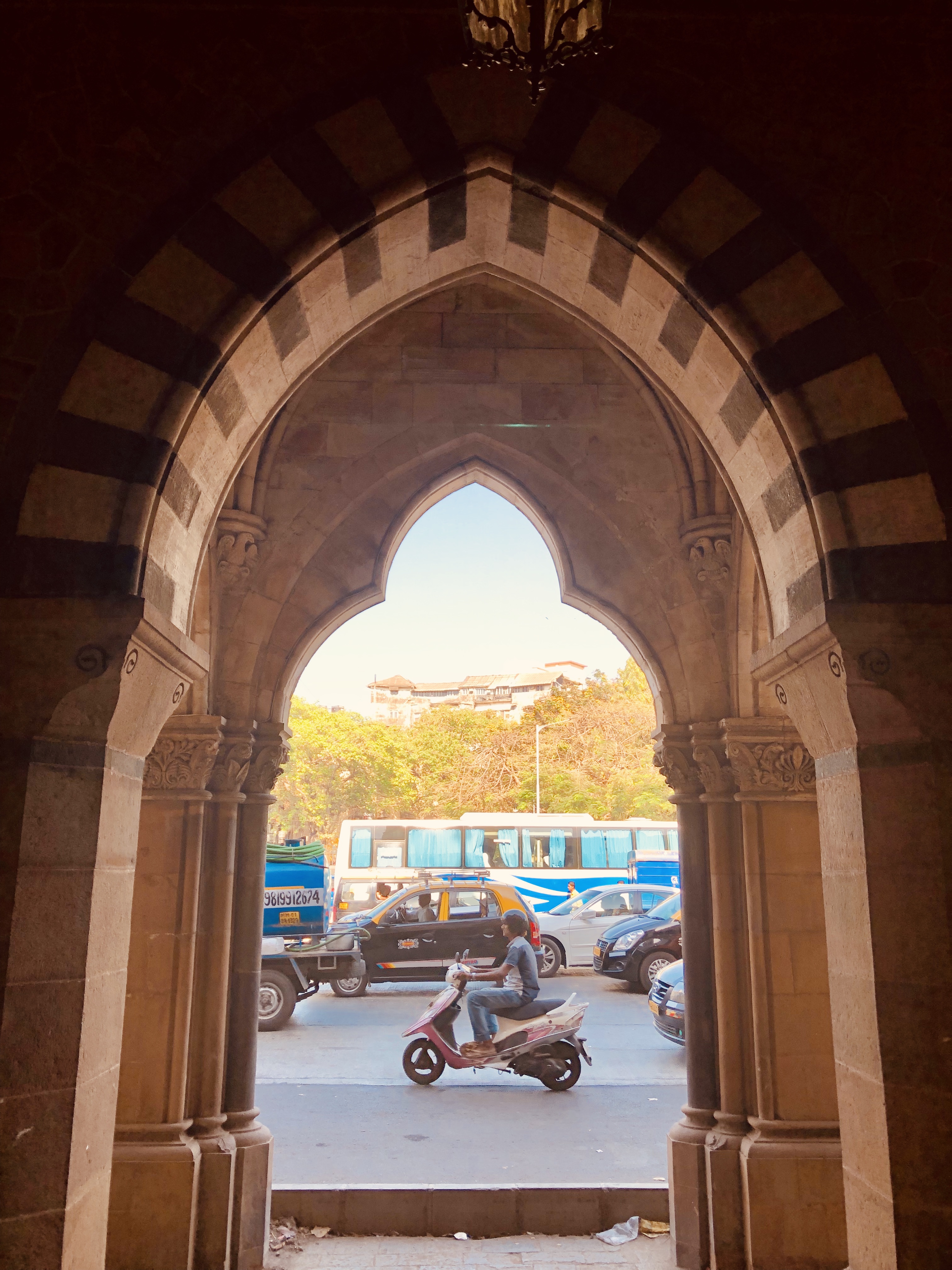
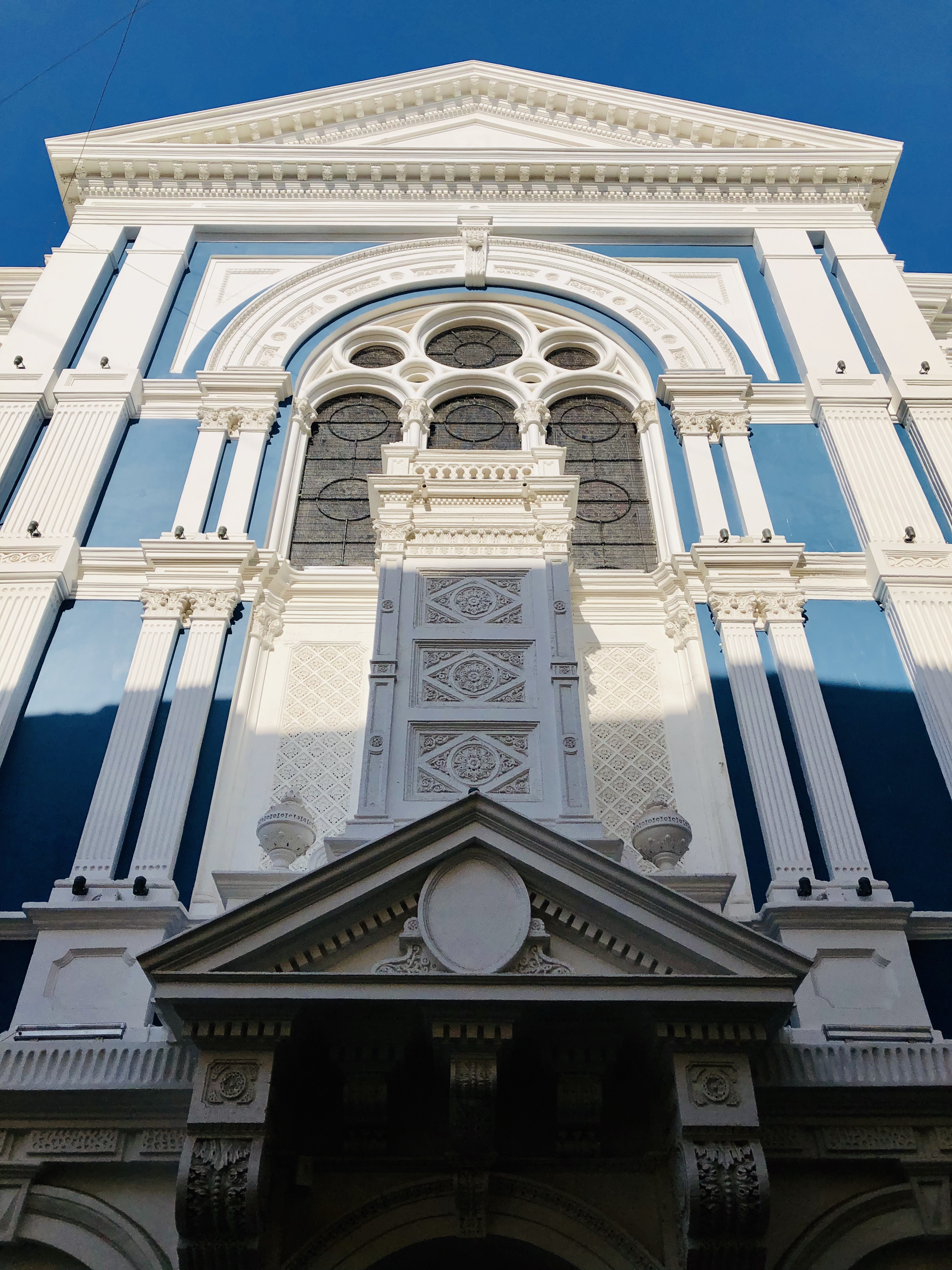

Bombay or India as a whole, owes a debt of gratitude to the Parsis or the Zoroastrians who sought refuge in India after facing persecution in Iran (then known as Persia). Even today, some of the most successful businesses like Tata, Godrej, Wadia and Poonawala – the person behind the Covid vaccine development in India, belong to the Parsi community, who have made an indelible mark on their country of adoption through arts, culture, medicine, law, and of course philanthropy.
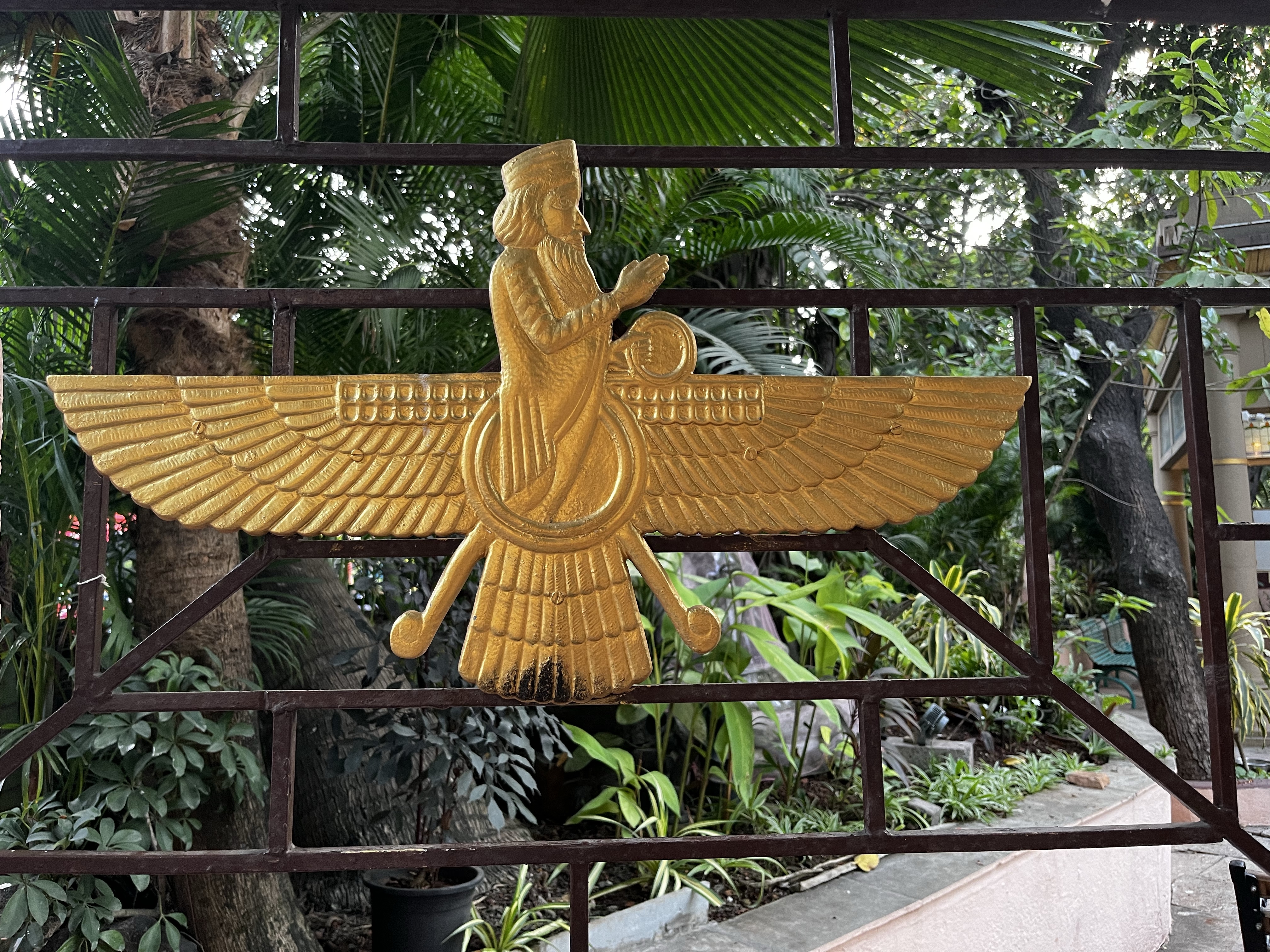
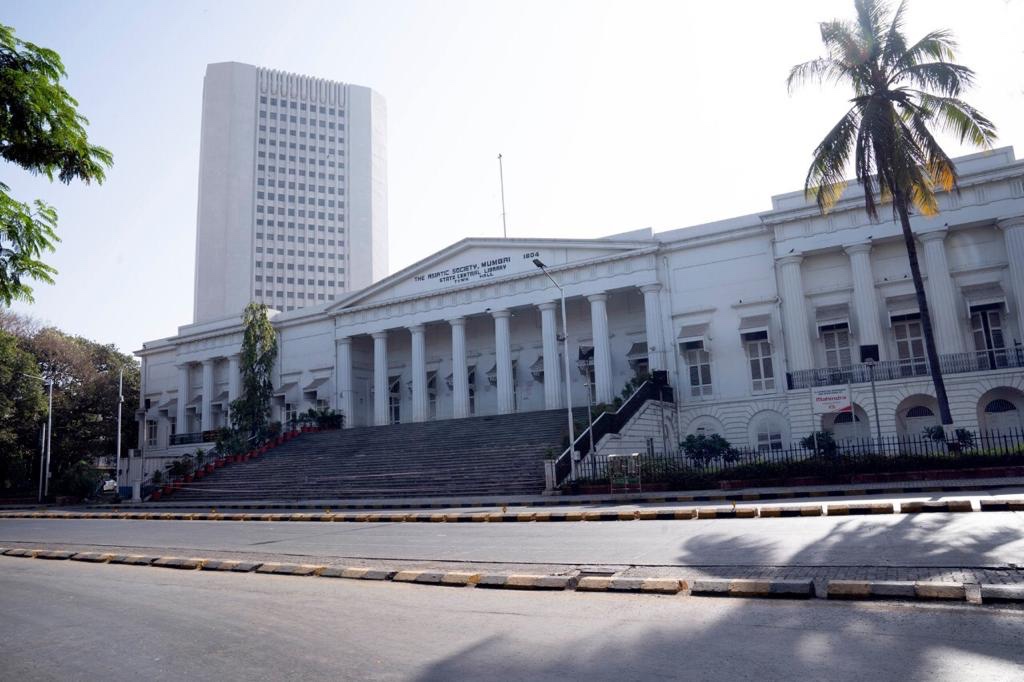
Yet another eminent library in Bombay is the Asiatic Society which was built in 1833 in Neo Classical style borrowing from the Grecian and Roman Palladian architecture. Dedicated to the learning of ancient Indian culture and civilisation, the Asiatic Library has among its collection, Dante’s Divine Comedy, which Mussolini ones offered to buy for £1 million. It is safely kept in the library’s vaults.
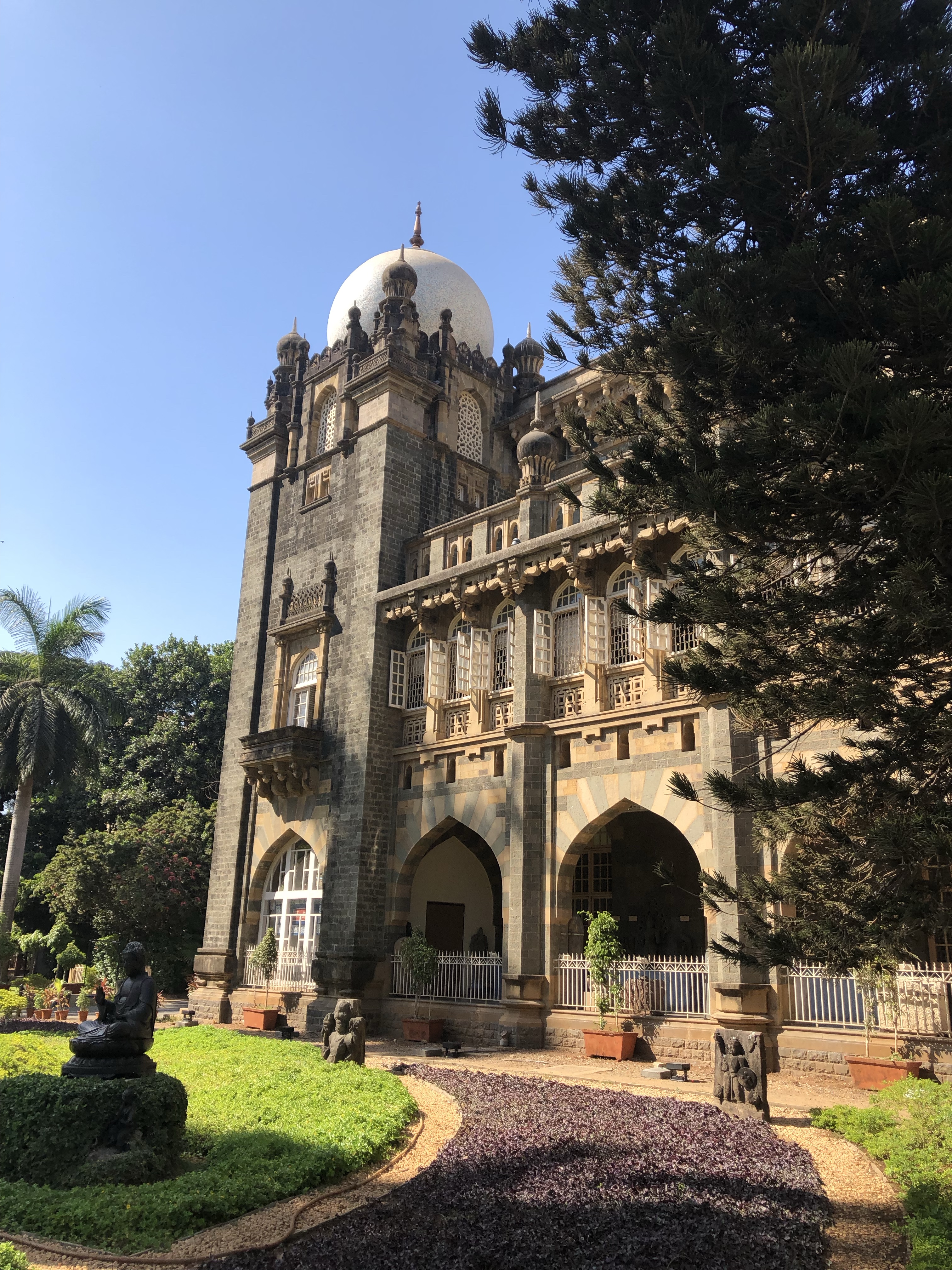
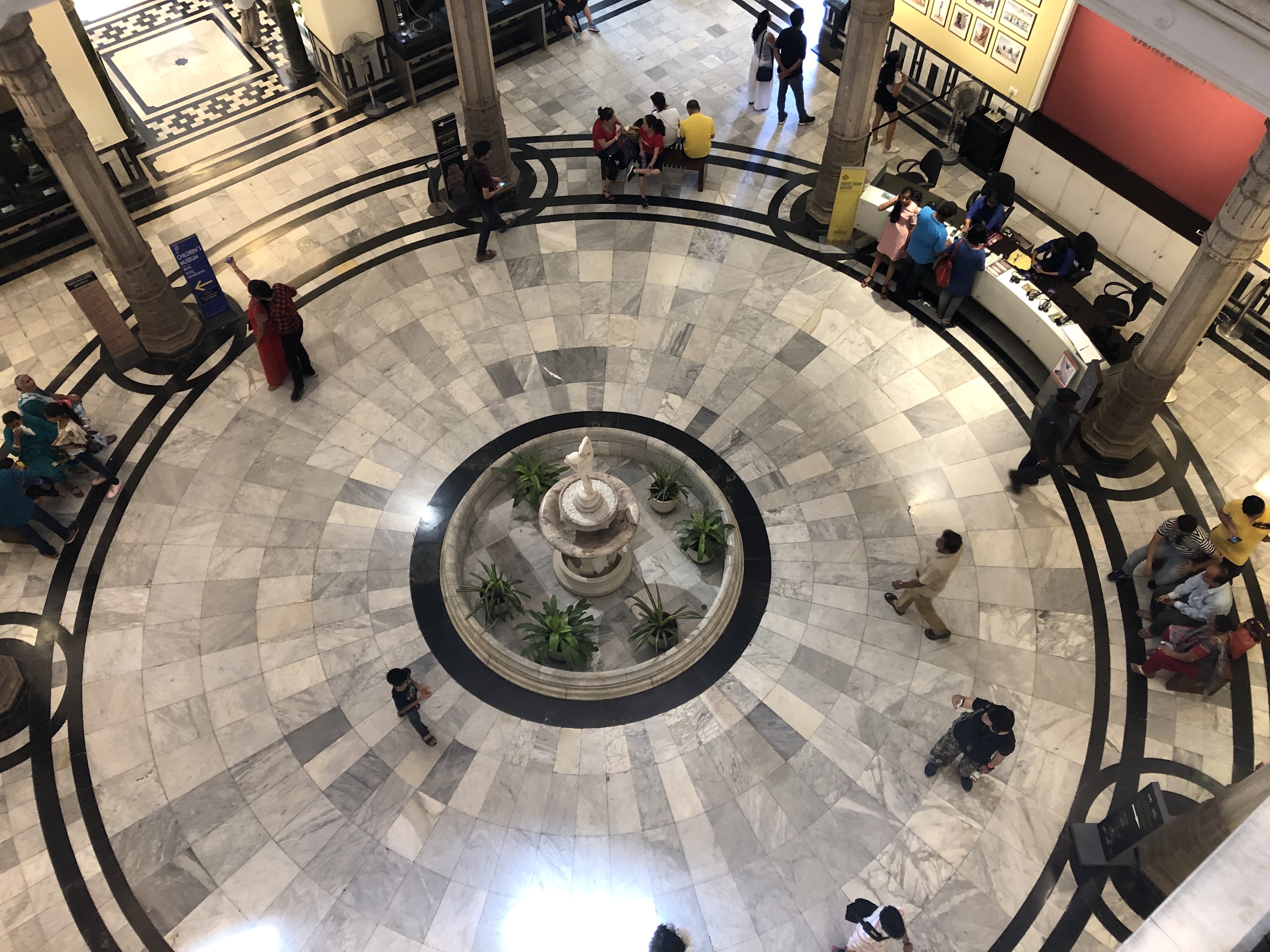

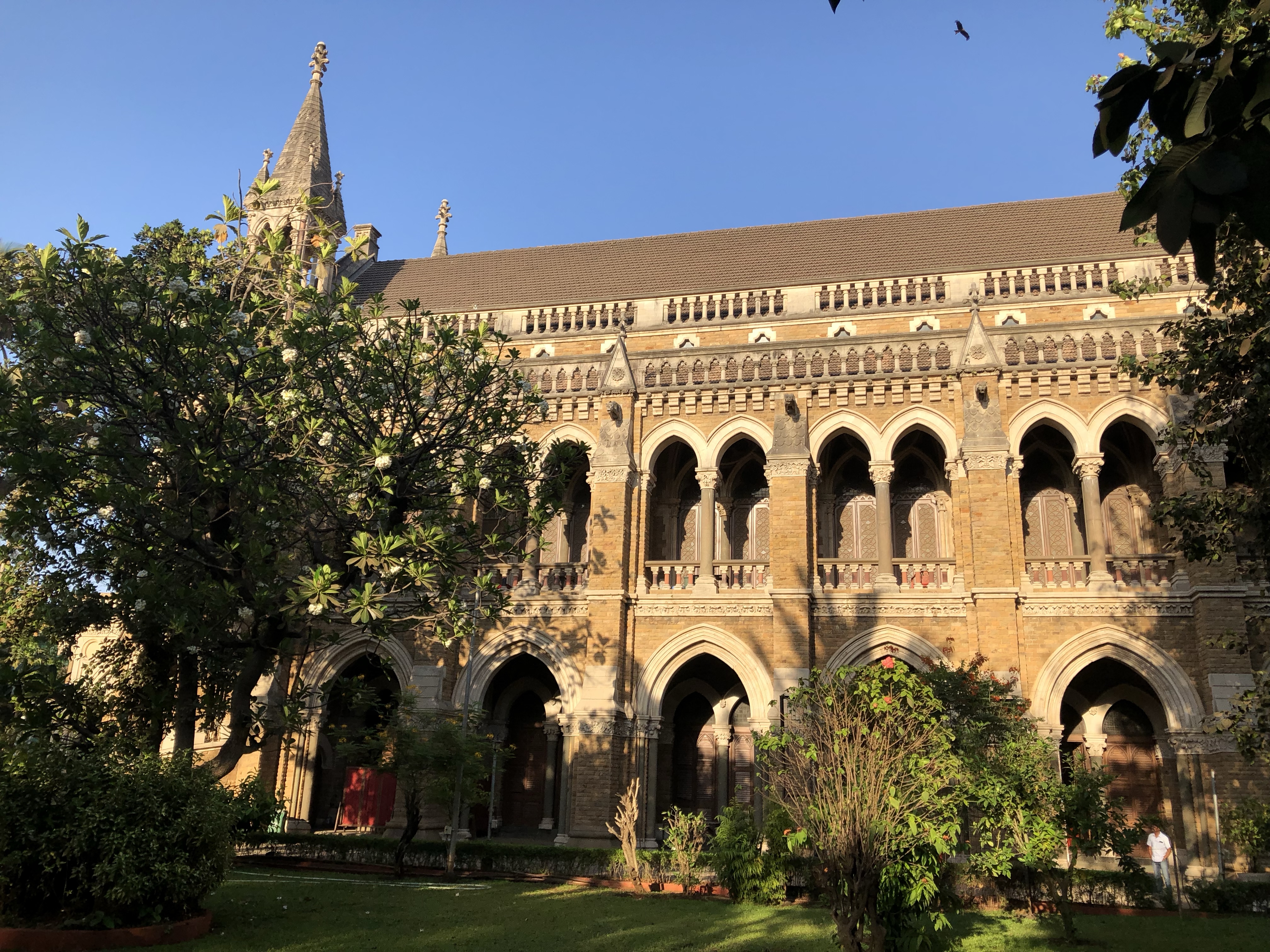
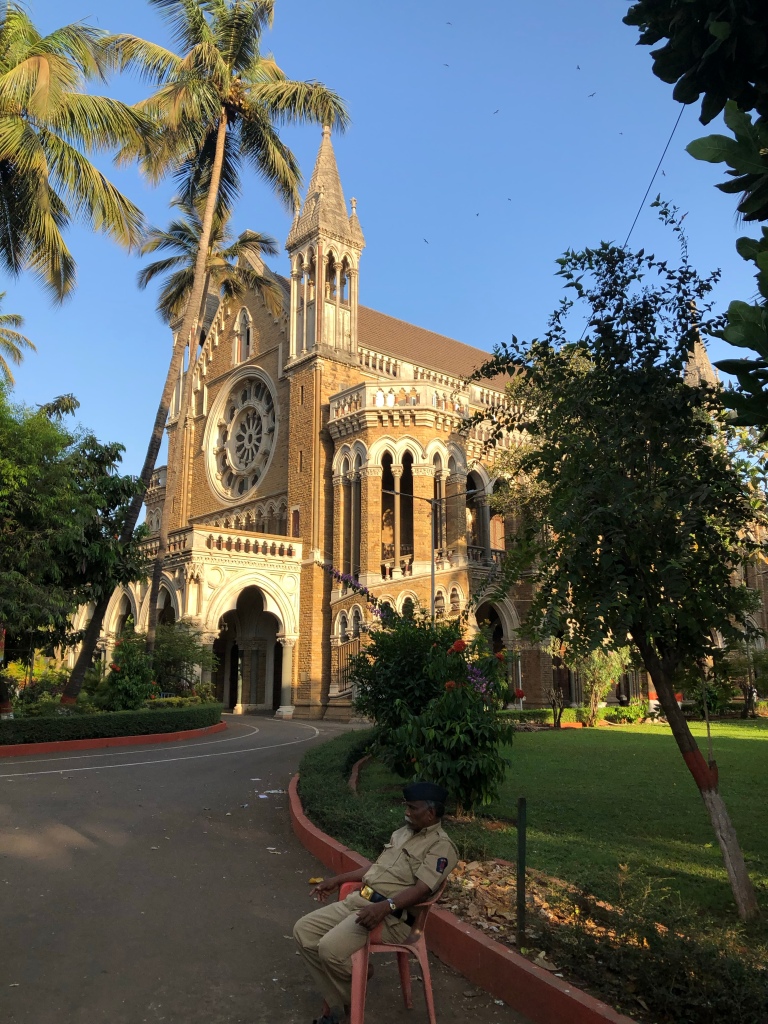





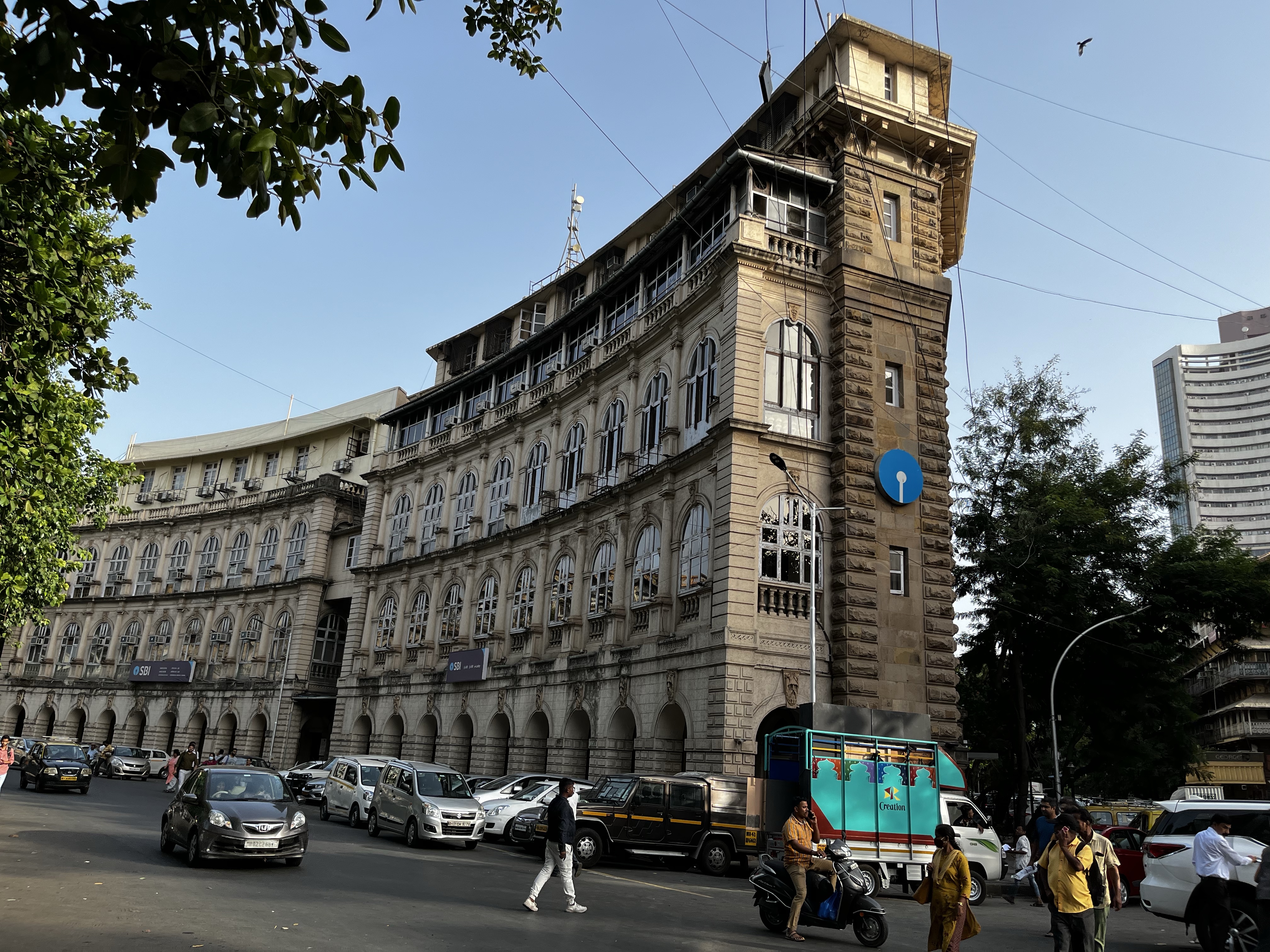
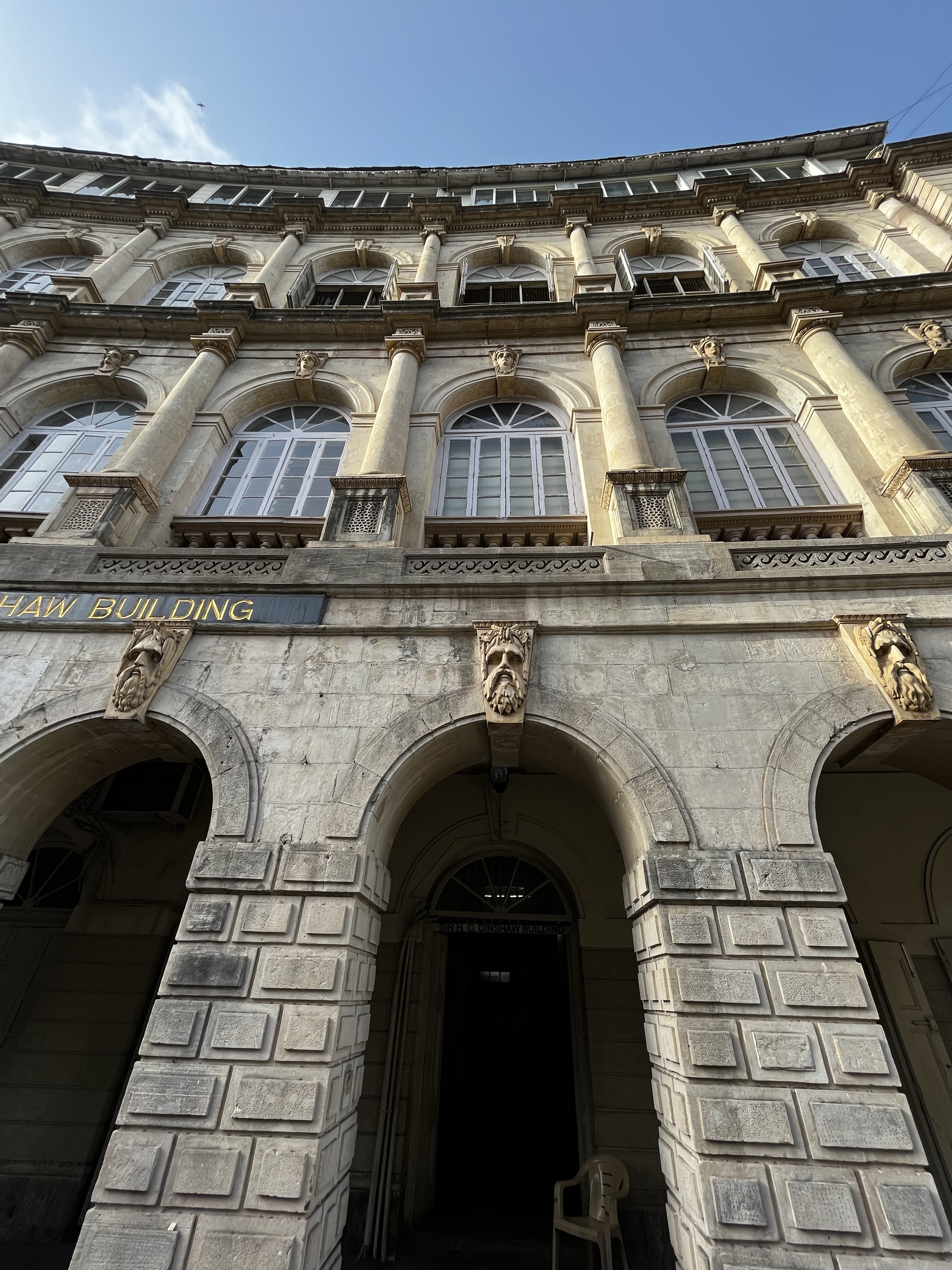

But regardless of all the Victorian and the Portuguese history, the great unifier is the Arabian Sea – the long stretch of beach that brings the populous together for its sunsets, the corn on the cob, the sand, the selfies and the shaved ice lollies.



To tour Mumbai, you can join Khaki Tours who are dedicated to preserving the culture and heritage of the city. The word Khaki is an acronym for Keeping Heritage Alive & Kicking in India.
Such a melting pot of everything…. Different religions, architecture, cultures etc. Thanks for showing me this city!
LikeLiked by 1 person
Cheers Anna. Appreciate the comments. They do give me a boost. Side perks of travelling for work.
LikeLike
Oh you are so lucky to get to experience places through work. Even if only for a few days its better than nothing!
LikeLiked by 1 person